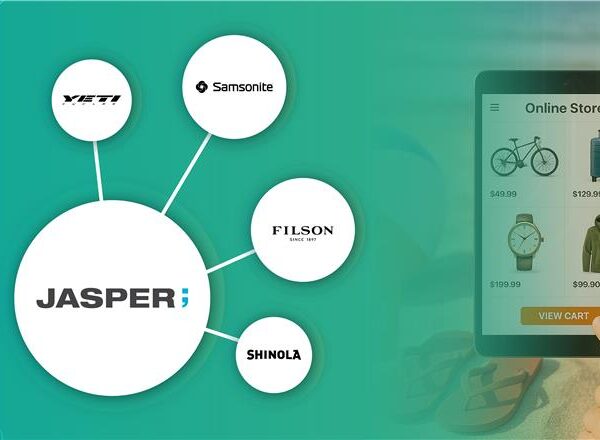
7 Signs You Need A Better Solution for Managing Product Data
The challenge for companies to efficiently meet the dynamic demands of product data for omnichannel is increasing exponentially. This is especially true for businesses attempting to support multiple stores, geographic regions and marketplaces. Unfortunately, many businesses;- Are unaware they have an issue
- Excuse laborious, manual and expensive processes and tools as a “part of business.”
- Have no idea to how to alter their current system architecture and workflows.
- Attempt to solve their product data issues with methods and tools that do not fit their specific needs.
3 Signs You’re Ready to Implement a Solid PIM Solution
Having worked with many large-scale brands including; Berlin, Avery Dennison, Delasco, Skullcandy, Me to We, Powell’s Books, Chuck Levin’s and Spinning.com, we’ve found several, common signs that a business is ready to assess their current technology suite architecture, revisit their operational workflows and evaluate how leveraging a PIM can help them scale the way they do business.Sign #1: Balancing Product Data Across Multiple Storefronts, Geographic Locations and Marketplaces
Companies working to expand globally or seeking ways to optimize the way they sell across multiple stores, geographic regions, physical retail and third party marketplaces, like Amazon and eBay. Growing brands spend a considerable time and/or require an enormous staff to launch new or update their current product catalog. It’s challenging, often expensive, and makes it tough to expand and companies can quickly fall behind their competition.Sign #2: Inconsistent Imports for Product Data
Typically, each product data supplier provides product data via a specific system, tool, or even email. Product Data Sourcing Examples:
|
|
Sign #3: Inefficient and Fragmented Technology Stack Architecture
If manual processes are in place, error prone data and inefficient workflows are likely running rampant across an organization. By lacking a PIM system to govern and validate information, important data is easily outdated or lost. You’re also denying your organization the opportunity and benefits of maintaining and sharing product data across your entire commerce technology suite. A PIM not only centralizes and sanitizes product data, but a solid PIM solution will provide an Integration Platform as a Service (iPaaS) enabling a two-way sync across all business applications including;
|
|






